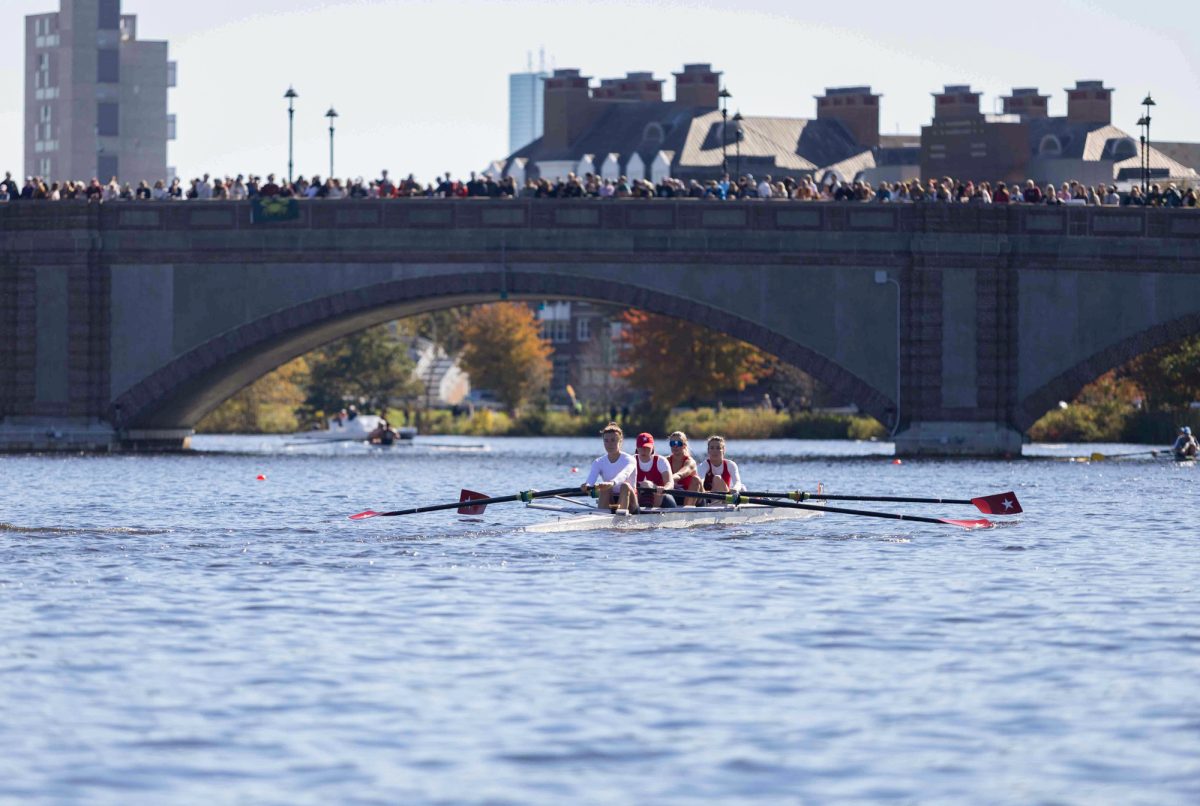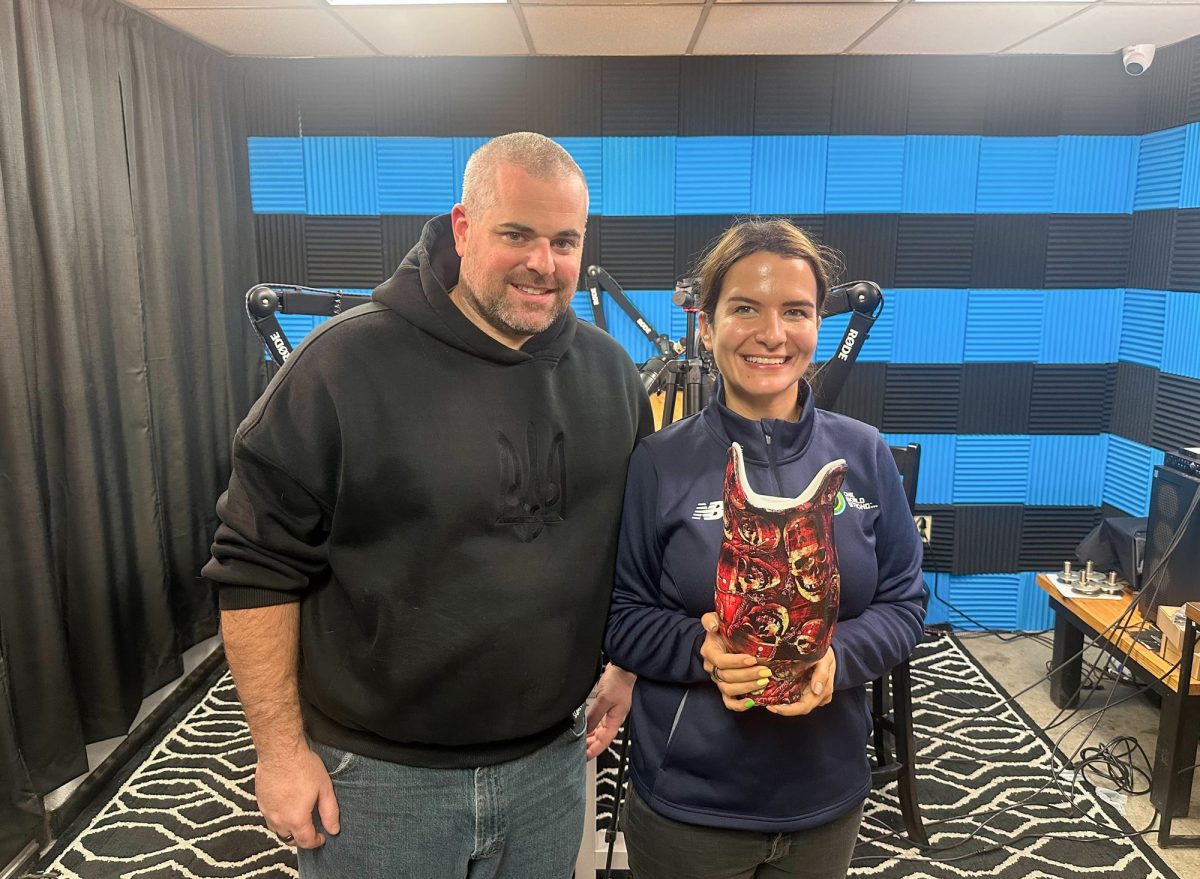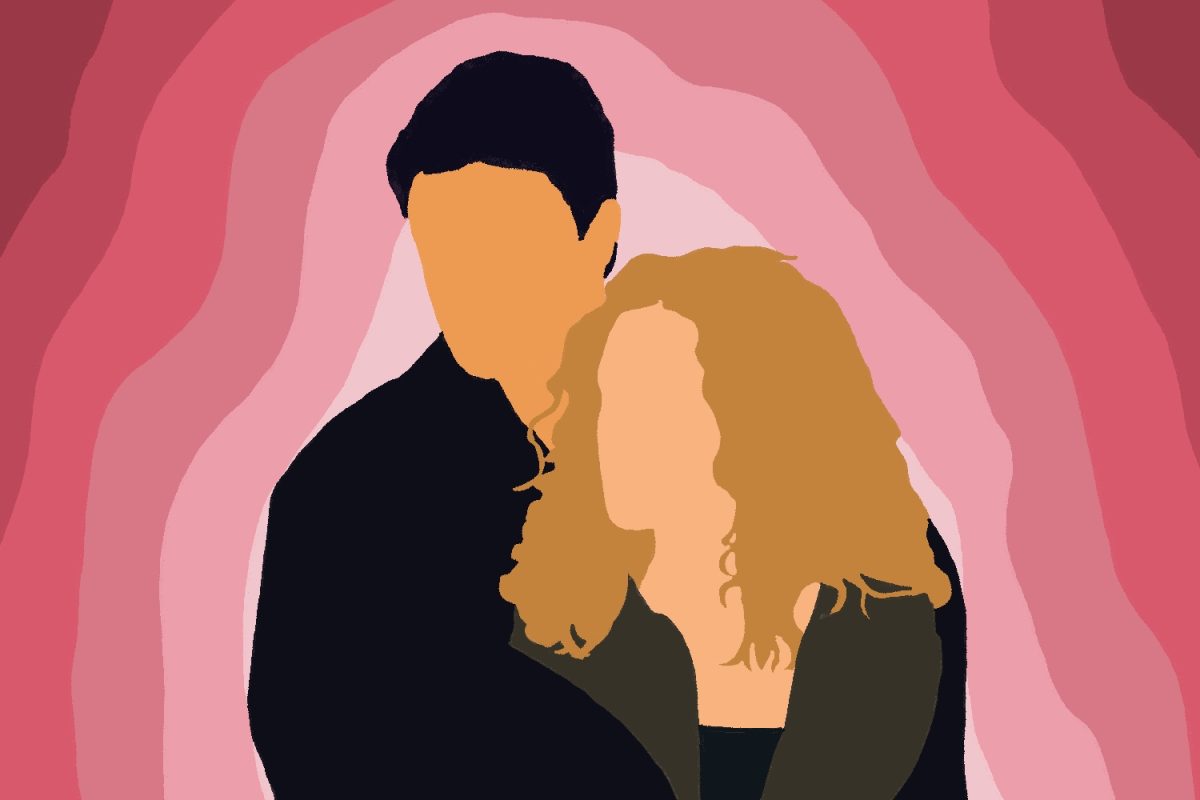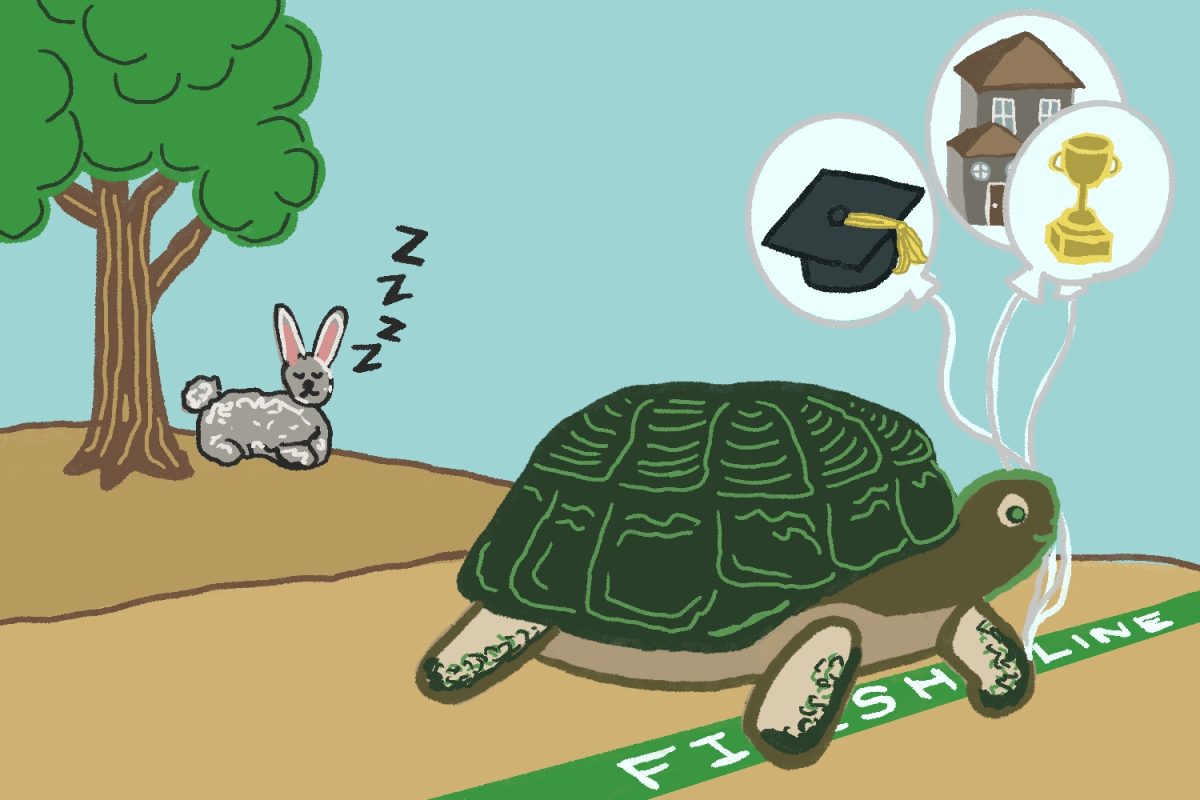As nearly all careers become increasingly reliant upon digital media, Boston University’s photojournalism department is making the shift as well, eliminating all film photography classes to focus solely on digital photography.
However, while some students and faculty members say they will remain nostalgic for the allure of prints and darkrooms, many acknowledge that the change is warranted.
“We are phasing out the film classes for the simple reason that all major news organizations are fully digital,” said College of Communication Dean Tom Fiedler. “Only art photography continues to use film &-&- and that’s not photojournalism.”
Professor Peter Southwick, BU’s photojournalism department director, said that the decision was made with the best interests of students in mind.
“I wanted to make sure that the Basic Photography class, which, after all, is a journalism class, was serving the needs of journalism students,” he said. “I have great affection for film, but my concern was we were training and educating people with a technology that has no use in the market place. There is no place anymore for film-based photography in journalism.”
AT WHAT COST?
Fiedler said that the high price of materials was not a primary factor in the decision, instead emphasizing the outdated nature of film as a major problem.
“Yes, cost is a factor, but a truly minor one,” Fiedler said. “We’d bear that cost if it was necessary to prepare photojournalism students for their post-graduation work. It’s like teaching journalism students to use a typewriter.”
Southwick also said that the reduction in cost would be a benefit to
students.
“In basic courses, students are required to provide their own cameras,” he said. “They have to buy something that they will probably never use again in their lives, and I have no desire to make students pay more money than they absolutely have to.”
Despite these assertions that the move is for the best, many photojournalism majors question a different sort of cost &-&- the potential detriment to future students’ educations.
Anya Kanevsky, a COM junior, said learning to shoot on film is an essential step in developing the skill set needed to be a successful photojournalist.
“I think learning to shoot film before moving on to digital is essential to becoming a well-rounded photographer,” she said. “Shooting film is harder, and you can’t just click away on your camera until you get it right. Shooting film forces you to perfect your craft and hone your skills until you build a foundation from which you can grow into a good photojournalist.”
Likewise, COM junior Matt Richter said his experiences learning film photography at BU have been invaluable in his development as a photographer.
“With the increasing amount of amateurs due to the ease of digital photography, students who are trying to become professional photojournalists need to learn how make their photos stand out from the rest,” Richter said. “When shooting on film, there is little room for error … The steep learning curve and meticulous process teaches students to become skilled, disciplined photographers.”
The ethics of digital versus film photography were also of concern to COM senior Andrew Bisdale.
“One of the most important lessons taught in the curriculum is the ethics of photo editing &-&- refraining from tampering with photos to the point where they tell a false story,” Bisdale said.
“For me, at least, a guiding principal to keep in mind while editing digitally is asking myself, “Can I do this in a wet darkroom?’ If the answer is no, then I’m probably editing too much. Without the introduction to film photography, I feel like a lot of students may be more inclined to bend and break the rules.”
DEVELOPING SKILLS
Southwick emphasized that the photojournalism department will continue to focus on teaching the fundamentals of strong photography, although they will be doing so using different materials.
“The bottom line is good pictures are good pictures. It doesn’t really matter whether you shoot them on film or digital,” he said. “We are teaching good photography technique. Once you learn how to take a picture, it doesn’t matter what medium you are working in.”
Professor Steve Haines, who teaches Basic Photography, said the elimination of film from the photojournalism curriculum allows students to focus on technique and content rather than the technical aspects of development.
“When I’m teaching film, there’s always a lot of angst that surrounds learning how to print,” he said. “Suddenly, we are taking away some of that stress and teaching people to print via a faster method, allowing them to increase the quality of work they are doing and making it easier.”
“At the same time, students can concentrate on taking pictures that have more content and quality and making the work of our students stand head and shoulders above the rest, because that is what is going to secure them a job,” he added.
SHOOTING FORWARD, LOOKING BACK
Southwick said a darkroom would remain open in the basement of the COM building for all students and professors who wish to continue developing film, although it will be smaller than the one currently available.
Although many students lament the passing of the film photography curriculum, COM sophomore Joe Difazio admits that digital is the way of the future.
“While it is sad that COM won’t offer film photography classes anymore, it makes sense,” Difazio said. “Photojournalism as a medium, and media in general has moved in a new direction: digital. Digital photos are faster, easier and more efficient. While film is cool … there is not much of a place for it news.”
And although Haines said that he fully supports the change to digital, he doesn’t deny that he will miss teaching film.
“I think it’s time, but I’ve become a little bit sentimental over the past month or so realizing that this is one of the last film classes I will be teaching,” he said. “This is what I grew up on, it’s something that I know very well and I really love it. To me, going to the darkroom is sort of like meditating. There’s still a little magic in it, even after all these years, to put an actual print into chemicals and watch an image slowly appear.”
Professor Joe Lippincott, who teaches Basic Photography and Introduction to Photojournalism, shared this sentiment. Although he said he plans on teaching his class similarly to how he has in past years, he said he prefers teaching Basic Photography using film.
“I prefer to teach the basics of photography using film, because I believe it to be a more straightforward, mechanical, logical path to learning how to effectively use cameras, lenses and darkroom tools,” Lippincott said. “But times and demands change, and I am totally willing and prepared to change with them. And I’ll still have my home darkroom for those times when I miss the days of film.”
















































































































